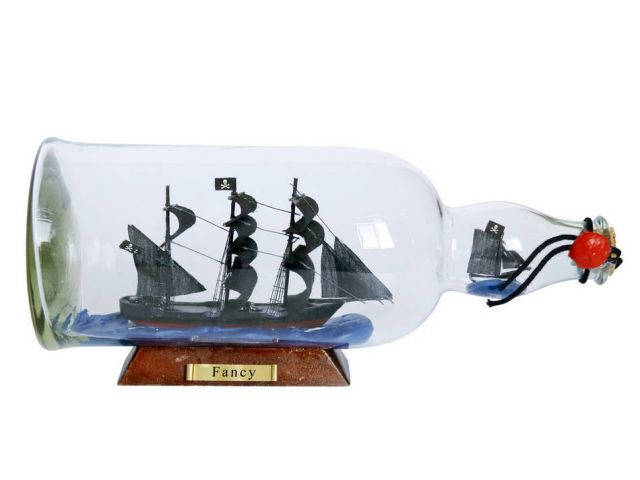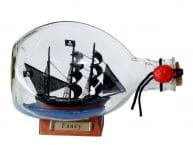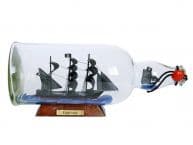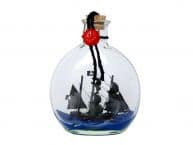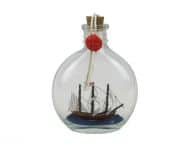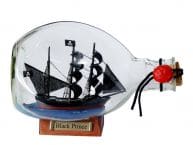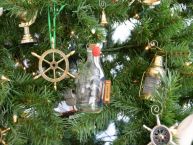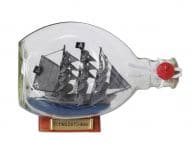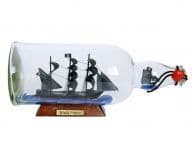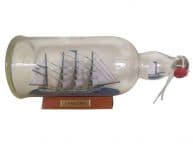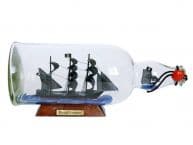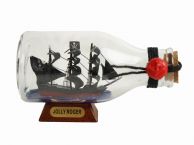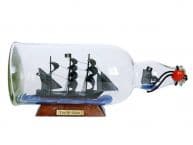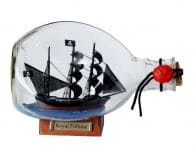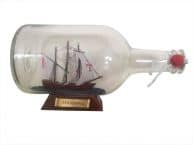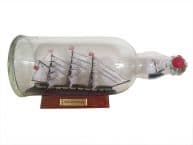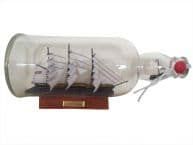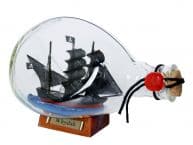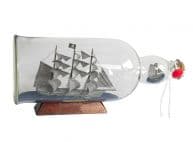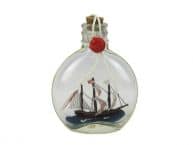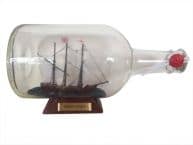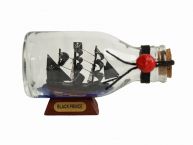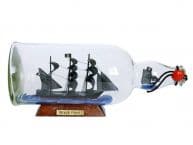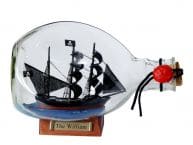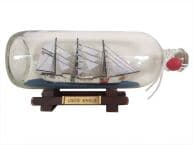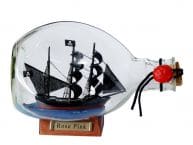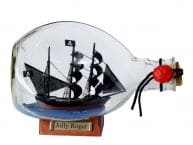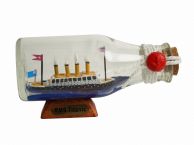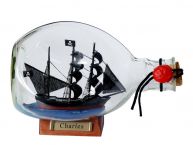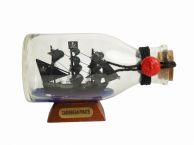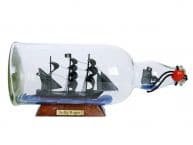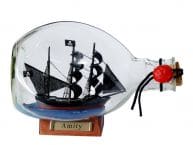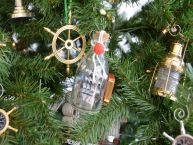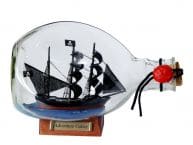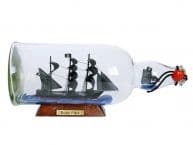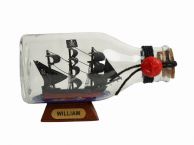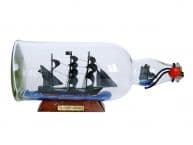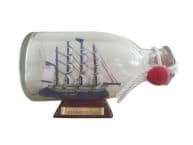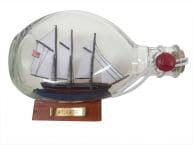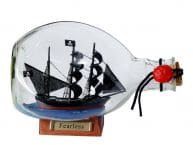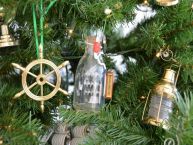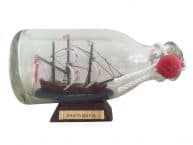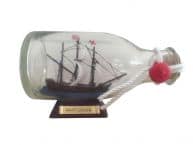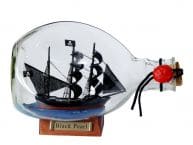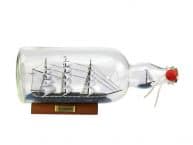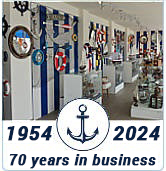Handcrafted Model Ships customers also shopped

|
|

|
Henry Avery's The Fancy Model Ship in a Glass Bottle 11"
HMS Victory, the most famous ship in the history of the Royal Navy, is best known as Horatio Nelson\'s flagship at the Battle of Trafalgar on October 21, 1805. Today Victory is docked at Portsmouth and as flagship of the Second Sea Lord and Commander-in-Chief Naval Home Command is the oldest commissioned warship in the world.
Laid down in 1759 Victory was a First Rate, the most powerful type of ship of her day with three gun decks mounting 100 guns. The Royal Navy had always built very large ships to fight major fleet battles. In contrast the French and Spanish navies did not build First Rates until after the end of the American War of Independence in 1783. Victory was launched in 1765 but was not commissioned until 1778. This long period of weathering meant her timbers were well seasoned and was a major reason for her long life.
In service for almost forty years, Victory was well known for her excellent sailing qualities and served as the flagship to a series of distinguished Admirals including Kempenfelt, Howe, Hood, Jervis and Saumarez. She fought at Ushant in 1781 and St Vincent in 1797. In 1797 she was pronounced unfit for further service and orders were given for her conversion into a hospital ship. However the loss of First Rate ship HMS Impregnable in 1799 saw the decision reversed and what became the \'Great Refit\' took place at Chatham between 1800-1803.
Victory\'s most famous Admiral was Horatio Nelson who flew his flag from her between May 1803 and October 1805 as Commander-in-Chief of the Mediterranean Fleet. For eighteen months Nelson blockaded the French fleet under Admiral Villeneuve in Toulon.
In March 1805 Villeneuve\'s fleet slipped out of harbour and Nelson chased it to the West Indies and back without meeting it in battle. The French ended up being bottled up in Cadiz harbour in Spain and when they set sail for the Mediterranean on Octobe 19th Nelson aboard Victory was waiting.
On October 21, 1805, Victory led the British fleet into battle off Cape Trafalgar against the Franco-Spanish force; at 1148 the most famous signal in the history of the Royal Navy, \'England Expects That Every Man Will Do His Duty\' flew from her masthead.
Victory first engaged the French flagship Bucentaure followed by the Redoutable. Nelson was shot by a French marksman from the Redoutable at the height of the battle and died at 1630 when victory was assured. Out of a crew of 821, Victory had 57 men killed and 102 wounded demonstrating the serious nature of the fighting.
After further service in the Baltic and off the coast of Spain, Victory was put into reserve in 1812 in Portsmouth. Flagship of the Port Admiral from 1824 she became flagship of the Commander-in-Chief in 1889. She entered her present dock in Portsmouth on January 12, 1922.





 Handcrafted Beach Décor
Handcrafted Beach Décor



